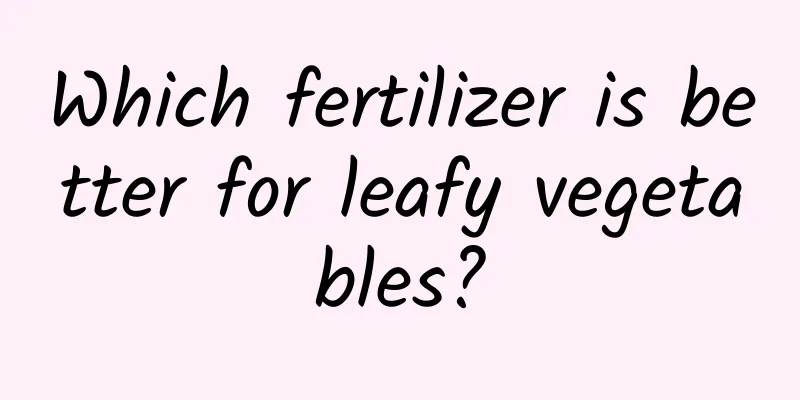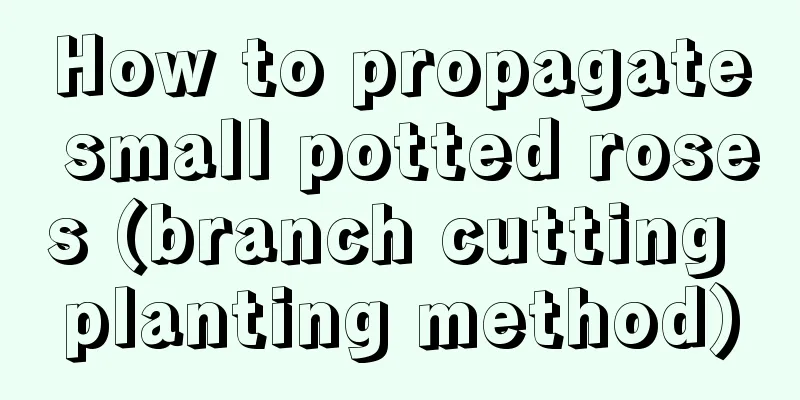Which fertilizer is better for leafy vegetables?

|
There are various types of vegetables, so the fertilizers they need are also different. For example, leafy vegetables mainly use nitrogen fertilizer. Because these vegetables are planted in highly dense groups and have shallow root distribution, they are urgent and sensitive to soil nutrients. Once nutrients are insufficient, the leaves grow slowly and turn yellow. Therefore, the main method of fertilization is topdressing. Fertilizer for leafy vegetablesFertilization should be based on organic fertilizer, with emphasis on base fertilizer and reasonable topdressing, and the use of nitrogen fertilizer should be controlled. The use of special fertilizers and biological fertilizers is encouraged, and the use of nitrate nitrogen fertilizers is prohibited. Soil testing and formulation should be carried out to maintain soil fertility balance. 1. Fertilization for vegetables Different varieties of vegetables absorb nitrate to different degrees. Leafy vegetables accumulate nitrate less, so the application of nitrate nitrogen should be stopped 20 to 30 days before harvest. Cabbage, lettuce, etc. accumulate less nitrate, so a small amount can be applied. Cabbage, amaranth, spinach, etc. are easy to accumulate nitrate, and the application of nitrate nitrogen is strictly prohibited. 2. Apply less nitrogen to spring and winter vegetables In spring and winter, vegetables receive relatively weak light and easily accumulate nitrates. Therefore, no or little nitrogen fertilizer should be applied. Nitrogen fertilizer is prohibited in high-fertilizer vegetable fields. In low-fertilizer vegetable fields, vegetables accumulate less nitrates, so nitrogen fertilizer and organic fertilizer can be applied to improve soil fertility. In soil rich in humus, the nitrate content of vegetables is high, so do not use nitrogen fertilizer. 3. No nitrate fertilizer Ammonium nitrate, potassium nitrate, calcium nitrate and compound fertilizers containing nitrate nitrogen can easily cause vegetables to accumulate nitrates, and are basically not suitable for use in vegetable fields. Urea, ammonium bicarbonate, ammonium bisulfate, and acyl ammonium nitrogen should be used in moderation, and must be applied deeply and covered with soil when used. 4. Apply fertilizer deeply and cover the soil When applying fertilizer, apply it about 15 cm to 18 cm deep into the soil. This will slow down the nitrification process, increase the utilization rate of fertilizer, and reduce the accumulation of nitrates in vegetables. Pepper fertilization methodThe topdressing of leafy vegetables is mainly nitrogen fertilizer, but in the peak growth period, phosphorus and potassium fertilizers should be added at the same time. For example, in the cultivation of Chinese cabbage, two fertilizations at the beginning of the rosette stage and before the heart is the key to high yield. Although the application of nitrogen fertilizer to leafy vegetables will make the vegetables grow better and have a high yield, it is important to pay attention to the method of nitrogen fertilizer application. |
<<: Frangipani cultivation methods and precautions
>>: Does Yunnan purple bougainvillea bloom frequently?
Recommend
Cultivation methods and precautions of Tiger Pilan
1. Soil The most important thing about the soil f...
What is the cause of garlic forking (the cause and treatment method of garlic forking after germination)
Garlic bifurcation is related to many factors, in...
How to water asparagus fern in winter
1. Watering method As we all know, the temperatur...
Matsutake cultivation conditions, growth environment and growing areas
Matsutake cultivation conditions Matsutake grows ...
The role and efficacy of cactus
1. Delaying aging Cactus contains some polysaccha...
How to grow Ganoderma
1. Prepare the substrate The culture matrix can b...
Where is chestnut melon suitable for growth? What are the growth environment requirements?
Where do chestnut melons grow? Chestnut melon is ...
The reason why white palm turns green
1. Natural causes Reason: The change of white ant...
The reproduction method of sheep
Cuttings This method is relatively simple and is ...
How to care for lisianthus before and after flowering
Care of lisianthus before flowering The flowers o...
Why is Osmanthus fragrans unlucky? Is it good to keep Osmanthus fragrans at home?
Osmanthus fragrans is an evergreen shrub and a fl...
How to grow orchids in summer
Shading In summer, orchids like to grow in a cool...
What are the varieties of Vanda orchids?
There are many varieties of Vanda orchids, the mo...
What are the cultivation methods and precautions of lipstick spider plant
Introduction of Lipstick Chlorophytum Lipstick sp...
Eggplant planting and harvesting time
Eggplant planting time Eggplant likes a warm envi...









